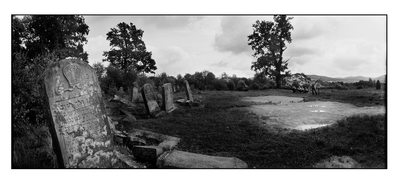

A palimpsest is used to describe objects placed over one another to establish the sequence of events at an accident or crime scene. Contrary to what some other reviewers think, his final chapter: "Palimpsest" is probably the most important argument in his entire book and, if nothing else, should be read and reread by anyone who wishes to judge or take a position on the current situation in Myanmar. He has created a very readable book that shows how remembrances are shaped and reshaped with time, cutting from present day to the past and back. Read moreįor one so young (born in 1966) Thant Myint-U is the best Myanmar writer of our time. The River of Lost Footsteps is a work both personal and global, a distinctive contribution that makes Burma accessible and enthralling. Through their stories and others, he portrays Burma's rise and decline in the modern world, from the time of Portuguese pirates and renegade Mughal princes through the decades of British colonialism, the devastation of World War II, and a sixty-year civil war that continues today and is the longest-running war anywhere in the world. And on his father's side, the author is descended from a long line of courtiers who served at Burma's Court of Ava for nearly two centuries. His maternal grandfather, U Thant, rose from being the schoolmaster of a small town in the Irrawaddy Delta to become the UN secretary-general in the 1960s. In The River of Lost Footsteps, Thant Myint-U tells the story of modern Burma, in part through a telling of his own family's history, in an interwoven narrative that is by turns lyrical, dramatic, and appalling.

But what do we really know about Burma and its history? And what can Burma's past tell us about the present and even its future? For nearly two decades Western governments and a growing activist community have been frustrated in their attempts to bring about a freer and more democratic Burma-through sanctions and tourist boycotts-only to see an apparent slide toward even harsher dictatorship.


 0 kommentar(er)
0 kommentar(er)
